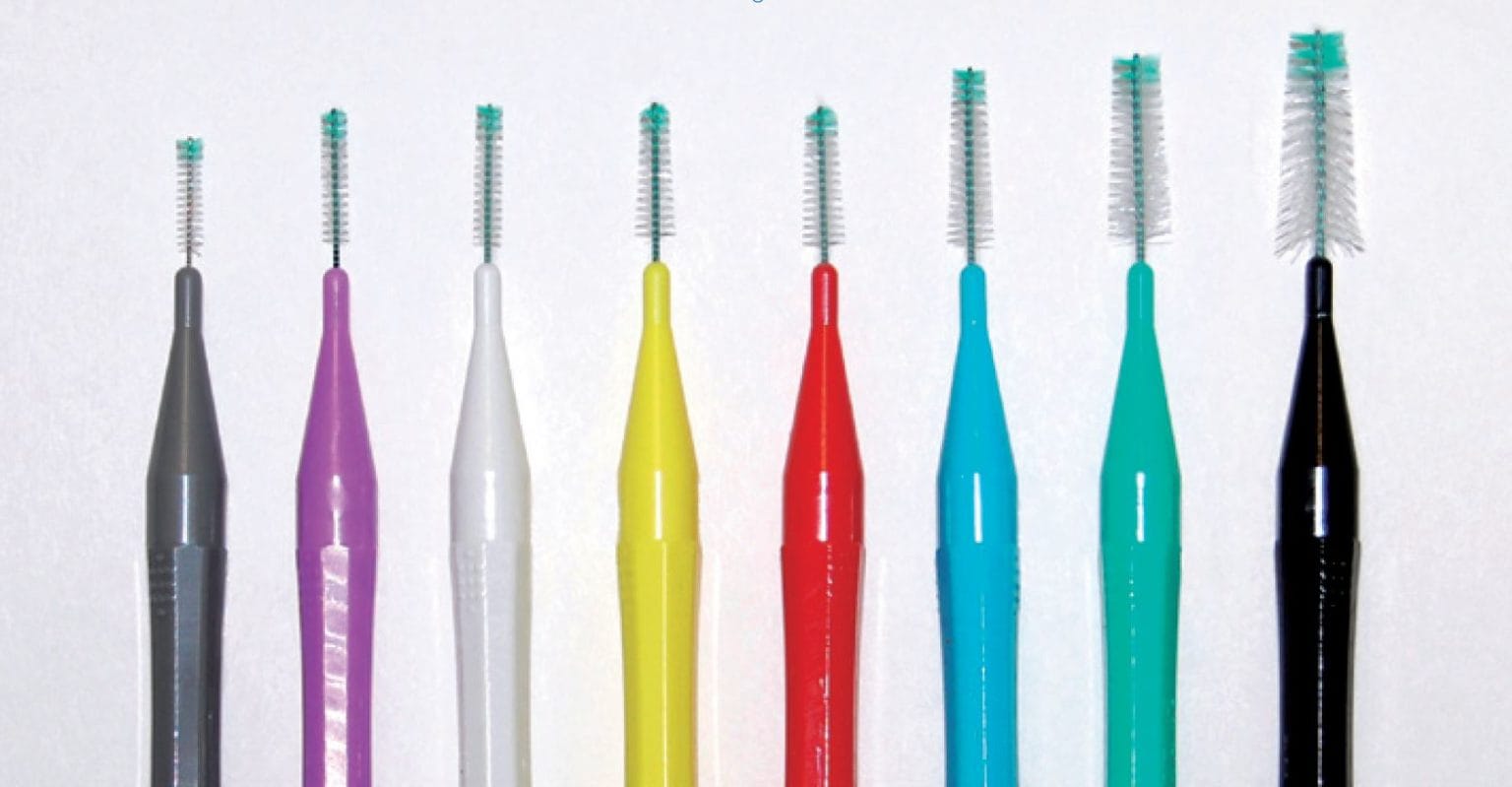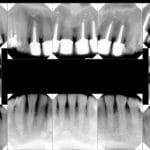Unlock a dazzling smile with our ultimate guide to interproximal brushes, the secret weapon for sparkling teeth! These handy brushes are like tiny tooth fairies, reaching into tight spaces where other brushes struggle. They sweep away plaque and food debris hiding deep between your teeth, protecting you from cavities and gum problems. Dive into our expert reviews and follow our buying tips to find the perfect brush for your pearly whites, ensuring a radiant grin that will make everyone smile back!
Sparkling Smiles Start Between Your Teeth
We all know brushing is essential, but even the best toothbrush can miss those tricky spots between our teeth. That’s where interproximal brushes shine – these little wonders act like tiny superheroes for your gums and teeth, fighting plaque and debris where your regular toothbrush can’t reach. Consider them the ultimate upgrade to your oral hygiene routine. Looking for more information about incision and drainage cpt? We have a very informative article about it.
Why Interproximal Brushes Are a Game-Changer
These small brushes pack a powerful punch for oral health. Their benefits are substantial:
- Happy Gums: Gums can become inflamed and bleed when plaque accumulates between teeth. Interproximal brushes clear away this plaque, promoting healthy gums.
- Cavity Prevention: Plaque can erode tooth enamel, leading to cavities. These brushes disrupt this process, reducing cavity risk.
- Fresher Breath: Lingering bad breath even after brushing? Trapped food particles might be the culprit. Interproximal brushes remove these particles, freshening breath.
- Overall Oral Wellness: By cleaning hard-to-reach areas, these brushes contribute to a healthier mouth, potentially preventing costly dental procedures.
Choosing the Right Interproximal Brush
Interproximal brushes come in various shapes and sizes:
- Cylindrical: Versatile and suitable for most people with average interdental spaces.
- Conical (Tapered): Designed for tighter spaces, especially towards the back of the mouth.
- Angled: Ideal for those awkward angles, particularly around the back molars.
Using Interproximal Brushes Effectively
Using these brushes is simple:
- Proper Sizing: Select a brush that fits snugly without force. If it hurts, choose a smaller size. Your dentist can help you find the right fit.
- Gentle Insertion: Carefully slide the brush between two teeth, angling slightly towards the gum line.
- Gentle Cleaning: Move the brush back and forth gently to remove plaque and debris. Avoid scrubbing.
- Rinse and Repeat: Rinse the brush thoroughly after cleaning each space and proceed to the next.
Tips for Interproximal Brush Success
- Daily Use: Incorporate interproximal brushing into your daily routine.
- Gentle Touch: Avoid excessive force to prevent gum irritation.
- Thorough Rinsing: Rinse the brush after each use to maintain cleanliness.
- Regular Replacement: Replace brushes every few months, or sooner if bristles fray.
Interproximal Brushes vs. Floss
Both clean between teeth, but they have key differences:
| Feature | Interproximal Brushes | Floss |
|---|---|---|
| Effectiveness | Often more effective, especially in tighter spaces | Effective, but requires more dexterity |
| Ease of Use | Generally easier | Can be challenging |
| Comfort | Typically more comfortable | Can cause gum irritation |
The Power of Interdental Cleaning
Adding interproximal brushes to your routine can significantly improve oral health. While research comparing them to flossing is ongoing, many dental professionals suggest they’re a highly effective way to clean interdental spaces. Consult your dentist for personalized advice. When it comes to interintra, we have the most updated information.
What are Interproximal Brushes Used For?
Interproximal brushes are like tiny pipe cleaners for your teeth, designed to clean between teeth where regular toothbrushes can’t reach. They target hidden plaque and bacteria, contributing to healthy gums and a brighter smile.
The Importance of Interdental Cleaning
Even diligent brushers and flossers often miss the gaps between teeth. Interproximal brushes excel at removing debris and plaque from these areas, reducing the risk of cavities, gum disease, and bad breath.
Choosing the Perfect Size
Interproximal brushes come in various sizes. The right size is crucial for comfort and effectiveness. Your dentist can help determine the ideal size for your teeth.
| Brush Type | Description | Best For |
|---|---|---|
| Cylindrical | Straight bristles | Average-sized gaps |
| Conical | Tapered bristles | Narrower spaces |
| Angled | Angled bristles | Back teeth |
Some research suggests conical brushes are particularly effective for cleaning around crooked teeth or bridgework, while angled brushes are ideal for the back of the mouth.
Benefits of Interproximal Brushes
- Gum Health: They prevent gum inflammation and disease.
- Cavity Prevention: They remove plaque that attacks tooth enamel.
- Fresh Breath: They eliminate trapped food particles.
- Overall Well-being: They contribute to long-term oral health, potentially reducing the need for expensive treatments.
How to Use Interproximal Brushes
- Choose the Right Size: Consult your dentist for recommendations.
- Gentle Insertion: Carefully slide the brush between your teeth, tilting slightly towards the gum line without forcing.
- Back-and-Forth Motion: Gently move the brush back and forth.
- Rinse and Repeat: Rinse the brush and move to the next space.
- Daily Use: Aim for once-daily use, preferably before bed.
Tips for Success
- Be Gentle: Avoid excessive force.
- Regular Replacements: Replace brushes every few months.
- Consult Your Dentist: Seek professional advice for personalized guidance.
Interdental Brushes: As Good as Flossing?
Brushing twice a day is great, but interdental cleaning is crucial for reaching hidden plaque and food particles. Interdental brushes, like tiny bottle brushes for your teeth, excel at this task, particularly for those with braces, bridges, or wider interdental spaces.
Are interdental brushes better than floss? Both have their strengths. It’s about choosing the right tool for your needs.
| Feature | Floss | Interdental Brush |
|---|---|---|
| What it is | Thin thread | Small brush |
| Best for | Tight spaces | Wider gaps, braces |
| Ease of Use | Can be tricky | Generally easier |
Advantages of Interdental Brushes
- Gum Health: They effectively remove plaque, preventing gum inflammation and bleeding.
- Cavity Prevention: They reduce the risk of cavities by removing plaque.
- Fresher Breath: They dislodge trapped food particles, promoting fresh breath.
- Long-Term Savings: They can prevent costly dental treatments in the future.
Choosing the Right Interdental Brush
- Cylindrical: All-purpose brushes for average-sized spaces.
- Conical (Tapered): For tighter spaces, especially in the back of the mouth.
- Angled: For reaching awkward angles around back molars.
How to Use Interdental Brushes
- Proper Sizing: Ensure a snug fit without discomfort.
- Gentle Insertion: Gently slide the brush between teeth, angling towards the gum line.
- Back-and-Forth Motion: Move the brush gently to remove debris.
- Rinse and Repeat: Rinse the brush and proceed to the next space.
Tips for Success
- Daily Use: Use once daily, preferably before bed.
- Gentle Brushing: Avoid excessive force.
- Cleanliness: Rinse the brush thoroughly after each use.
- Regular Replacement: Replace every few months.
The Bottom Line
Interdental brushes are a valuable addition to your routine. While floss is still valuable for tight spaces, interdental brushes are a great alternative, especially for those with braces or wider gaps. Some experts suggest combining both. Ongoing research explores the most effective methods, so consult your dentist for personalized advice.
Do Interdental Brushes Enlarge Gaps?
A common concern about interdental brushes is whether they create gaps between teeth. The answer is no, provided they are used correctly.
Interdental brushes are designed to clean the tight spaces between your teeth, especially helpful for those with braces, bridges, or implants. They’re crucial for preventing gum disease and cavities.
If you already have spaces between your teeth, you might notice them more when using interdental brushes. This doesn’t mean the brushes are causing the gaps; it’s more likely you’re becoming more aware of pre-existing spaces. In fact, by keeping these spaces clean, interdental brushes can help prevent further enlargement.
Gum disease, caused by plaque buildup, can lead to receding gums, exposing more of your teeth and making gaps appear more prominent. Correctly using interdental brushes can help prevent gum recession.
However, incorrect use can cause problems. Forcing a brush that’s too large can irritate and damage gums, potentially leading to recession and making gaps appear larger.
How to Use Interdental Brushes Correctly
- Find Your Perfect Fit: Choose the right size – it should fit snugly without force. Your dentist can help.
- Be Gentle: Insert the brush gently, angling it towards the gum line.
- Back and Forth Motion: Move the brush gently back and forth. Avoid up-and-down or twisting motions.
- Rinse and Repeat: Rinse after each use and move to the next space.
- Regular Check-ups: Consult your dentist periodically to ensure correct usage and sizing.
Alternatives to Interdental Brushes
- Dental Floss: Ideal for tight spaces.
- Water Flossers: Effective for those with braces or bridges.
Research continues to explore the best methods for interdental cleaning. Your dentist can help determine the best approach for your needs.
Conclusion
Interdental brushes are a great tool for maintaining healthy gums and teeth. Used correctly, they won’t enlarge gaps and may even help prevent gap formation due to gum recession. Choose the right size, be gentle, and enjoy the benefits of a healthier smile.
- China II Review: Delicious Food & Speedy Service - April 17, 2025
- Understand Virginia’s Flag: History & Debate - April 17, 2025
- Explore Long Island’s Map: Unique Regions & Insights - April 17, 2025

















2 thoughts on “Best Interproximal Brushes of 2024: Reviews and Buying Guide”
Comments are closed.